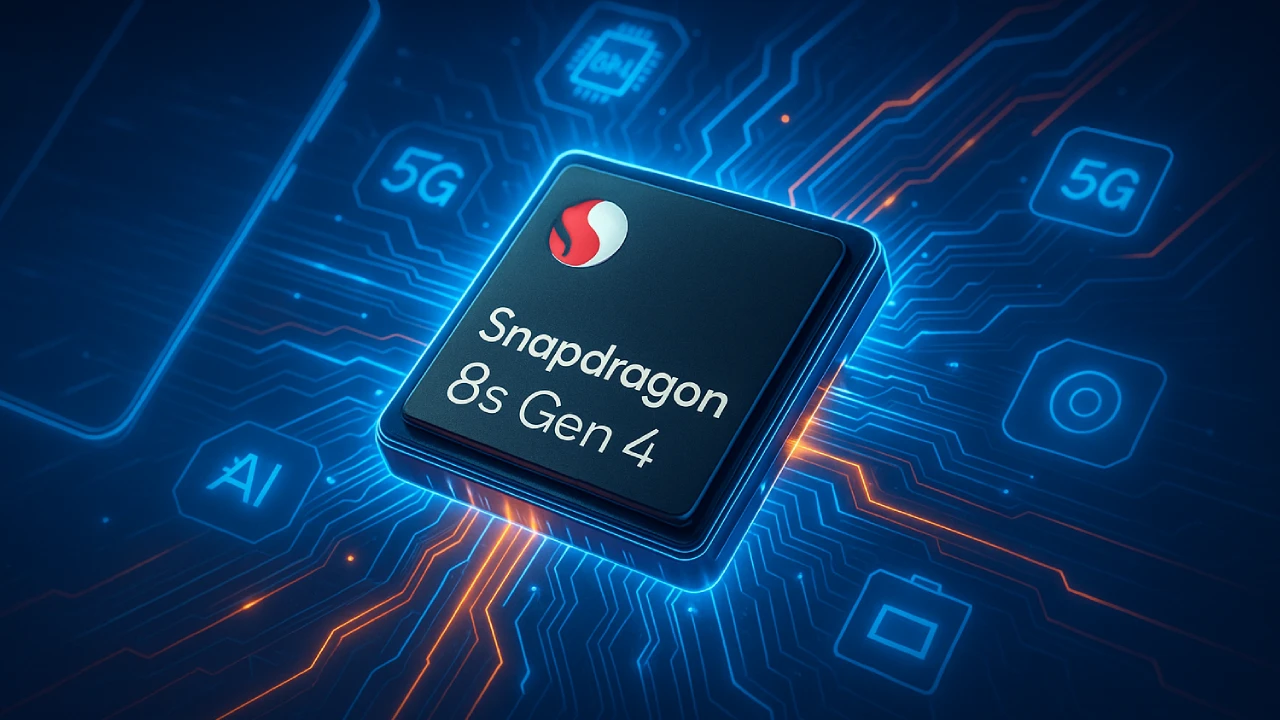In the world of generative AI, everything starts with a prompt. Whether you’re generating text, images, code, or music, the quality of your prompt directly impacts the quality of the output. This blog explains how to write effective AI prompts and explores the best AI tools available to help with prompt creation across different domains, like writing, design, coding, and automation.
What is a prompt?
A prompt is a set of instructions or input text given to an AI model to generate a desired output. In simple terms, a prompt tells the AI what you want it to do. It could be as basic as “write a poem about the ocean” or as complex as “generate a product marketing email in a friendly tone, with a CTA, for a new AI-powered smartwatch.”
How to Write an Effective AI Prompt
Writing a good prompt is like giving clear directions to a smart assistant. Here are key steps to follow:
1. Be Clear and Specific
- Bad: “Write about marketing.”
- Good: “Write a 300-word blog about email marketing tips for small businesses.”
2. Define the Format or Output
Specify the type of content: paragraph, list, blog, image, code, etc.
- Example: “Generate a bullet-point list of pros and cons of electric vehicles.”
3. Mention the Tone or Style
Add tone descriptors like formal, friendly, technical, persuasive, etc.
- Example: “Write a friendly product description for a kids’ smartwatch.”
4. Include Context and Constraints
Please inform the AI about what to avoid or include.
- Example: “Write an Instagram caption under 100 characters promoting a fitness app.”
5. Use Role-Based Prompts (Optional)
Pretend the AI is a specific expert.
- Example: “You are a professional resume writer. Create a resume summary for a software developer with 5 years of experience.”
Best AI Tools for Prompt Writing in 2025
Here are top AI tools designed to help you create better prompts or use them more effectively.
1. ChatGPT (by OpenAI)
- Best for: Text, writing, summaries, emails, SEO blogs, coding
- Features: Supports detailed role-based and system prompts
- Pro Tip: Use formatting like bullet points, numbered lists, and examples in your prompt
2. PromptPerfect
- Best for: Prompt optimization
- Features: Analyzes your input and suggests improvements
- Great for refining prompts before using them in image or text generation tools
3. Jasper AI
- Best for: Marketing copy, blog content, ad generation
- Feature: Uses prompt templates for different business content types
- Pro Tip: Use “tone of voice” setting for brand-specific content
4. Notion AI
- Best for: Productivity and content generation within documents
- Features: In-app prompt suggestions for summaries, rewriting, and more
Bonus: AI Prompt Templates (You Can Copy)
Here are ready-to-use prompt structures for various tasks:
For Blog Writing:
“Write a 700-word blog post on using a professional tone and simple language. Include an introduction, H2/H3 subheadings, and a conclusion. Optimize for SEO with natural keyword usage.”
For image generation (e.g., Midjourney or DALL·E):
“Create a 16:9 ultra-HD image of a futuristic cityscape at dusk, glowing skyscrapers, flying cars, cyberpunk style, with high detail and cinematic contrast.”
For Emails:
“Write a professional follow-up email to a client who didn’t respond to the first proposal. Be polite and offer a call to action.”
For Code:
“Generate a Python script that scrapes the top 10 headlines from a news website using BeautifulSoup and requests.”
Writing effective AI prompts is becoming a core digital skill in 2025. Whether you’re using ChatGPT for writing, Midjourney for images, or tools like Jasper and PromptPerfect for marketing and refinement—knowing how to craft your input can save hours and dramatically improve your results.
The key? Clarity, specificity, and context. The better your instructions, the smarter the AI responds.







